Scientific Facts
| Common Name: | Giant Papillon |
| Scientific Name: | Oryctolagus cuniculus |
| Life Span: | Average of 6 years |
| Size: | Giant |
| Weight: | 11 to 13 pounds |
| Body Shape: | Mandolin or Semi-Arch |
| Country of Origin: | France |
Fast Facts
Best Suited For: Families with small children, Families with seniors, Indoor and Outdoor, Single People
Temperament: Active. Curious. Gentle. Caring. Friendly. Sweet.
Comparable Breeds: Checkered Giant Rabbit, Flemish Giant
Physical Description
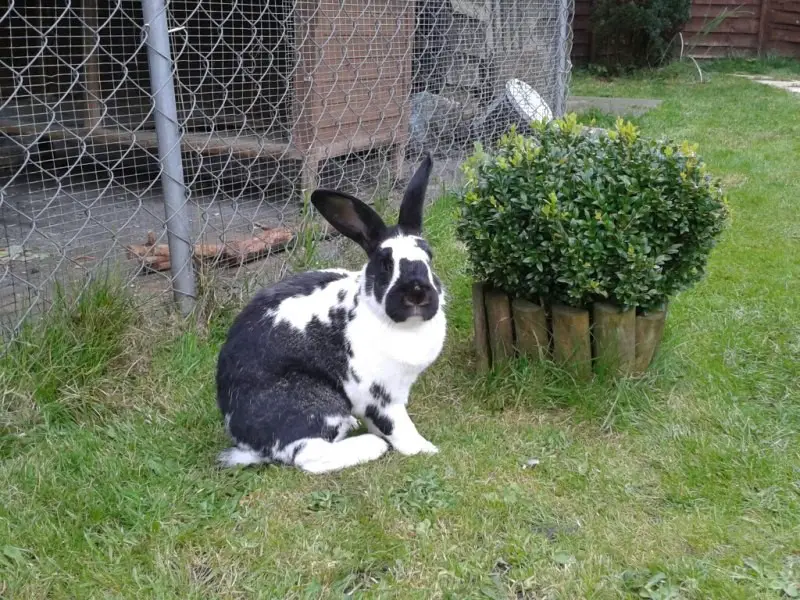
The Giant Papillon is one of the largest breeds of rabbits, and they have a minimum weight of 5 kilograms to 6 kilograms. They have a muscular yet slender build. They have a long body with a straight back, including rounded hindquarters and long, powerful legs. These rabbits also have a wide head with large, broad ears that are held firmly upright.
These Giant Papillon have a white fur coating, including a mixture of colored markings. On the other hand, they also have colored ears, rings around the eyes, flashes in their cheeks, and a butterfly-shaped marking on the nose. Additionally, a herringbone or a dorsal stripe running down their spine from their ears to their tails, with several spots on their haunches.
The Giant Papillons have main colorways of a white coat with blue, chocolate, gray, black, tortoise, and tri-color markings.
Breeding
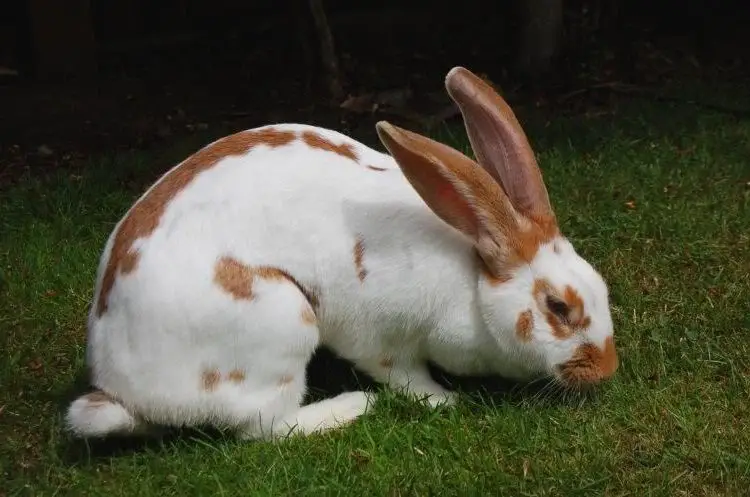
Breeding Giant Papillons is not an easy task and will require experts to complete. In most litters, around half of the young will have good markings, a few that are self-colored, plain-colored, and some partially marked ones as well. These Giant Papillons are often nicknamed Charlies because of their nose markings that are similar to the Charlie Chaplin mustache.
Behavior
Most Giant Papillons are easy-going and friendly. These rabbits enjoy playing outdoors, and they love to explore and play. They also require a lot of physical activity, and they require lots of playtimes, especially outdoors. These rabbits love running and exploring in a large run or a secure area of a garden. These animals can need time to socialize and can be quite nervous at first, and while they are young, these rabbits need getting used to human company.
Rabbit owners must learn how to handle a rabbit the correct way. These Giant Papillons require patience and time until they earn the trust of their human families. If you can provide toys, some noisy and squeaky ones used by cats and dogs will be appreciated. If you spend time playing with your rabbit, it is sure that these animals will appreciate it, too.
Just make sure that all rabbits, including the giant papillon, are handled very properly. They can struggle when humans pick them up, especially when they feel uncomfortable with the person and are feeling unsafe. There is also a risk of injury when handling these animals, so if they panic, there is a real risk of injury to both the human and the rabbit.
Food and Eating Habits
In making these Giant Papillons healthy, you should provide them with a vegetarian diet that is high in fiber. It should be composed of high-quality pellets and lots of fibrous green leaves and vegetables like cabbage, kale, and dandelion. Owners should also provide these rabbits with clean drinking water at all times.
Common Health Problems
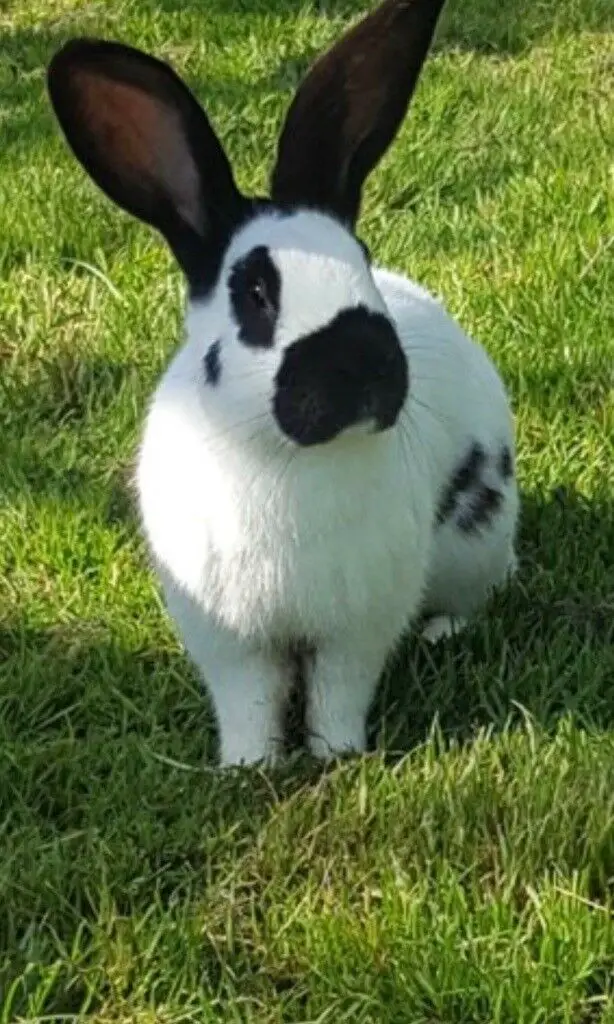
One of the most common concerns of Giant Papillons is suffering from sore hocks. This condition can be usually caused by wire flooring around their enclosure. The skin on their hocks can be sensitive, and they can also crack, leading to discomfort and pain.
Giant Papillons can also carry sexually transmitted diseases, so make sure that you only secure your pet from reputable rabbit breeders before getting one. If there is no intention of breeding, it is also essential to spay the rabbits to prevent uterine cancer.
Environment and Housing

Because of the size of these rabbits, they require a large enclosure to keep these Giant Papillons comfortable while their human family is not in the home. This means that they must be provided with a cage of about 3 feet by 3 feet by 4 feet. Make sure that the rabbit can clearly stretch inside. Their enclosures must be made of wire and have a solid bottom like metal or plastic.
Fun Facts about the Giant Papillon
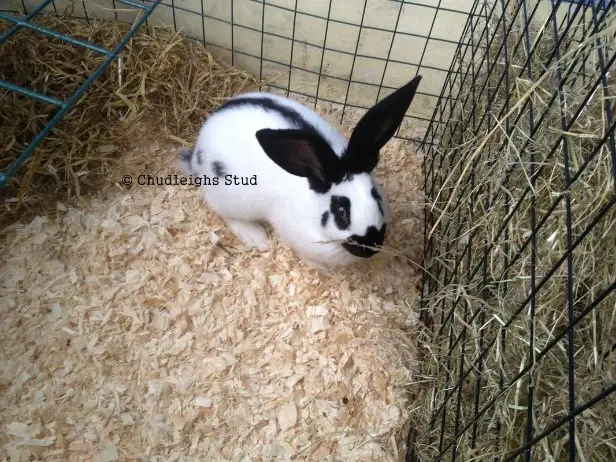
- The Giant Papillon first made an appearance in France or Germany in 1800.
- In Germany, the Giant Papillon is known as the German Giant Butterfly.
- The Giant Papillon was made as to the result of cross-breeding Flemish Giants with large French lop-eared rabbits and spotted rabbits.
- The distinctive butterfly markings on these Giant Papillon rabbits have not shown up until the 1920s.
- Originally, the Giant Papillon was bred for the meat trade.
Where Can You Get a Pet Giant Papillon?
Most Giant Papillon rabbits can be acquired through reputable pet stores, online breeders, and pet rescue shelters. Just make sure that you get these Giant papillons from legitimate sources to make sure that you get healthy and secure individuals.
How to Care for a Pet Giant Papillon
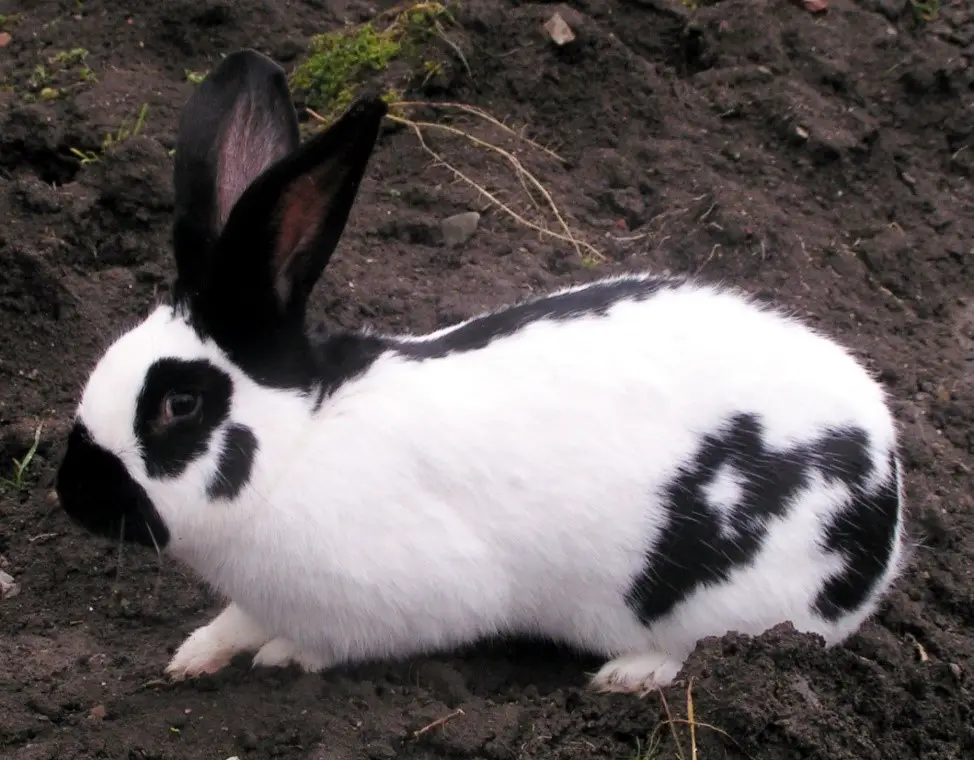
In caring for a Giant Papillon, make sure that you can provide enough room for them to stretch and hop around. These rabbits can also be taught to use a litter tray for easier cleaning and maintenance. Indoors, you should maintain a clean house and make sure that cables, shoes, wires, and other important items are kept of the way so that the Giant Papillon will remain safe.
Giant Papillons are also known that they cannot tolerate extreme levels of temperature, so being indoors is a situation that is good for these rabbits. If you decide to keep the Giant Papillon outdoors, you must be able to provide a hutch with at least five square feet of floor space and enough height when the rabbit stands using its hind legs. If you create a hutch, it must be waterproof and weatherproof, as well as fully insulated and draft excluders fitted. Owners should be placed out of the direct sun and strong winds.
FAQs
How big is a Giant Papillon?
The Giant Papillon is very large in size, and they weigh about 11 pounds to 13 pounds on average.
Do Giant Papillons make good pets?
Giant Papillons are great pets because of their fairly calm behavior. They are very gentle, good-natured, friendly, and playful.
How was the Giant Papillon created?
The Giant Papillon was designed by cross-breeding spotted rabbits, large French lop-eared rabbits, and Flemish Giants.

